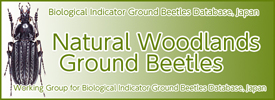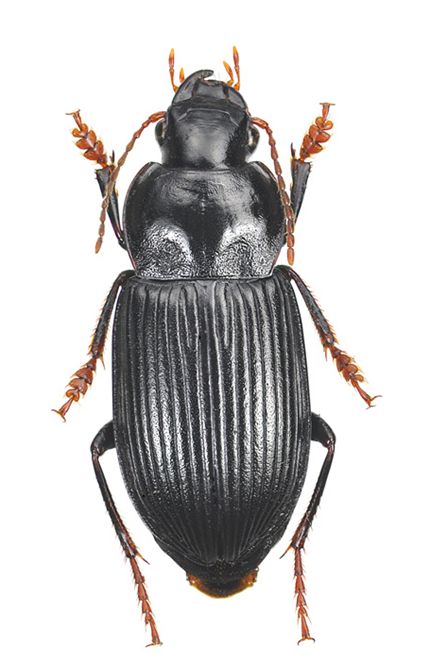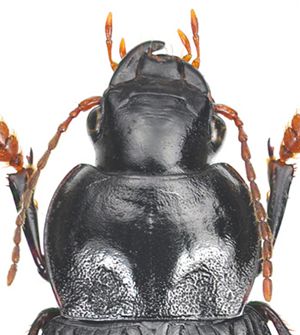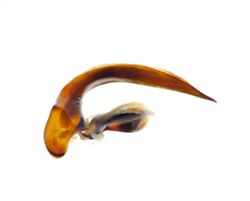| Ecology |
silvicolous (Ishitani 1996), under the stones or detritus in the forests from flatland to subalpine area, occasionally alpine area (Inoue 1958e), crop field (Inoue 1977e), mountain (Yamaguchi museum 1988, Kasahara and Nishiyama 1990), forest adjoinig agroecosystems (Yahiro et al. 1990), forest edge (Sunose 1992, Sunose and Kurosawa 1992), slope of mound (Sunose 1992, Sunose and Kurosawa 1992), fallow field (Sunose 1992, Sunose and Kurosawa 1992), cedar forests (Togashi and Sugie 1994), broad leaved deciduous forest (Togashi and Hashimoto 1994), abandoned paddy field (Hosoda et al. 1996), secondary forest of Alnus sieboldiana (Ishitani 1996), riverbed (Ishitani 1996, Lee and Ishii 2009, 2010), grassland (Hori 2001), forest edge (Hori 2001), forest (Hori 2002), Picea abies forest (Hori 2003), broad-leaved secondary forest (Hori 2003), riverside forest (Hori 2003), broad leaved forest (Matsumoto 2005), field (Salah et al. 2004), paddy field (Yahiro 2007, Lee et al. 2008, Lee and Ishii 2009), coppice forest (Matsumoto 2009a), urban park (Lee and Ishii 2009), Satoyama forest (Lee and Ishii 2009),
adult (Ishitani 1996), from April to May (Ishitani 1996), carnivorous (Ishitani 1996), seeds of Gramineae (Inoue 1952e), collected by light trapping (Yahiro 1997, Yahiro 2007), synovigenic type (Ishitani 1996) |
 |
| 






